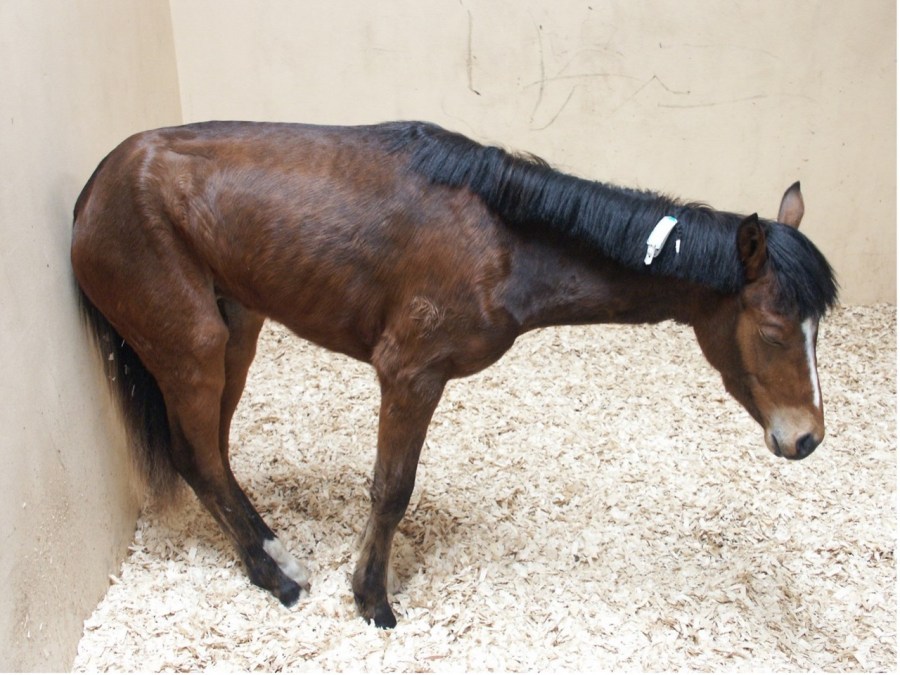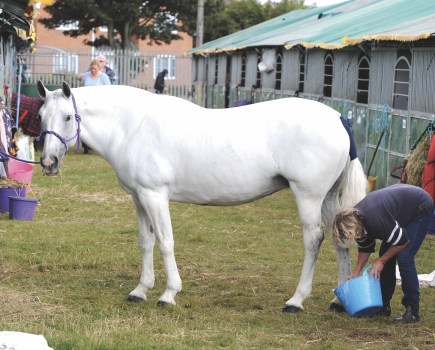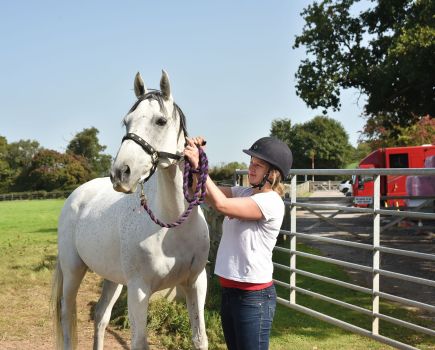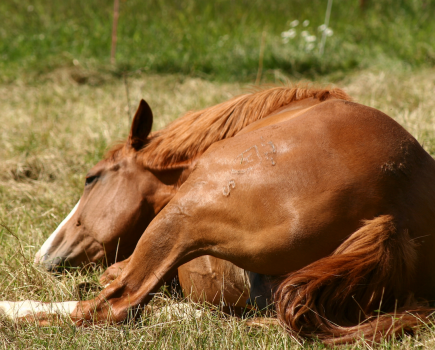Researchers believe they have identified the cause of equine grass sickness (EGS) to be a neurotoxin produced by pasture microbes in what is an important step to understanding the devastating disease which affects horse health.
Experts have been searching for the cause of EGS for over 100 years and it is hoped that this discovery will enable scientists to develop new treatments and improve diagnostics for those horses suffering from the illness.
EGS is a debilitating and often fatal disease which affects horses, ponies and donkeys. It attacks the animal’s nervous system, compromising their ability to swallow, preventing the movement of food through the digestive tract and causing abdominal pain and muscle weakness.
Currently there is no effective treatment for severe cases of EGS and it kills around one percent of horses grazing in high-risk premises. Half of horses who contract the mild form of EGS survive providing they receive the appropriate veterinary care.
Snake venom
Researchers from the Royal (Dick) Vet Equine Hospital, University of Edinburgh, Newcastle University, Istituto Zooprofilattico Sperimentale delle Venezie, and the University of Padova believe the cause of EGS is neurotoxic phospholipase A2, a toxin which is present in the venom of many poisonous snakes.
There is no suggestion that venomous snakes cause grass sickness but it is hoped that some of the drugs used to treat and promote nerve regeneration in people who have been paralysed by snake venoms may be able to help horses recover from grass sickness.
“Identifying a probable cause of Equine Grass Sickness represents a significant breakthrough. We hope that this discovery will lead to novel treatments and improved diagnostics for this devastating condition. We are very grateful for the generous support we have received from horse owners, veterinary surgeons, scientists, charities and funding bodies,” said Professor Bruce McGorum, head of the equine section at the University of Edinburgh.
“Further work is underway to determine the source of this neurotoxin; it is likely to be produced by a microbe such as a bacterium or fungus which grows on the horse’s pasture during the cold and dry weather which precedes the disease.”
Published in the EVJ
A special editorial by Professor McGorum and his colleagues, which highlights the key findings of the research, will be published in the January 2025 issue of the Equine Veterinary Journal (EVJ). It is available to read for free on Early View here.
“EVJ is incredibly proud to play a small part in getting this information to vets and horse owners,” said Professor Celia Marr, editor of the EVJ.
“Speaking as an equine clinician, I know that this is a really important step towards addressing the high losses associated with equine grass sickness.”









